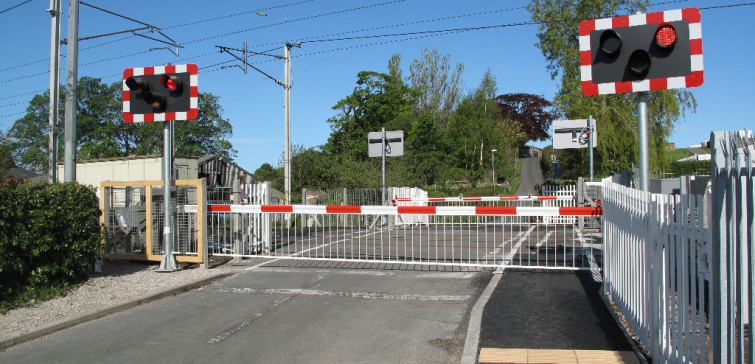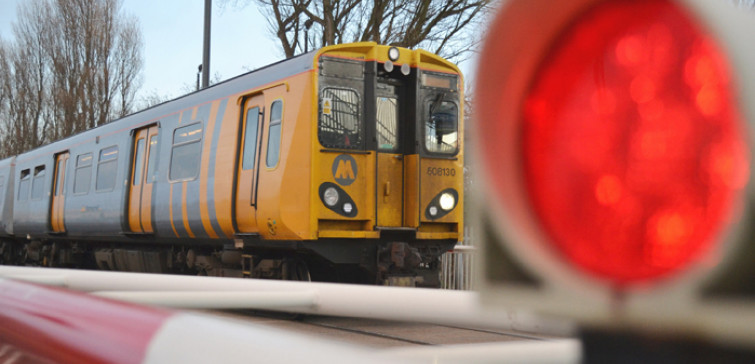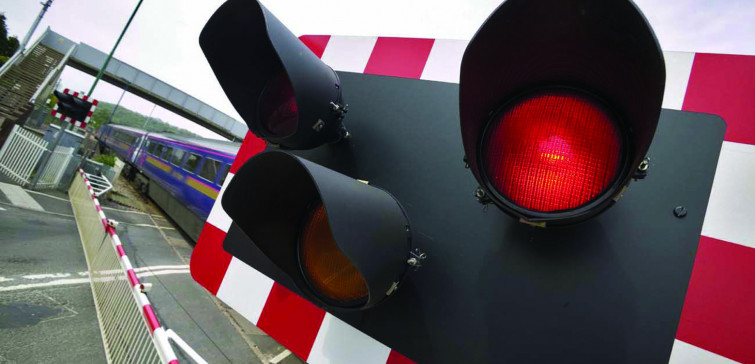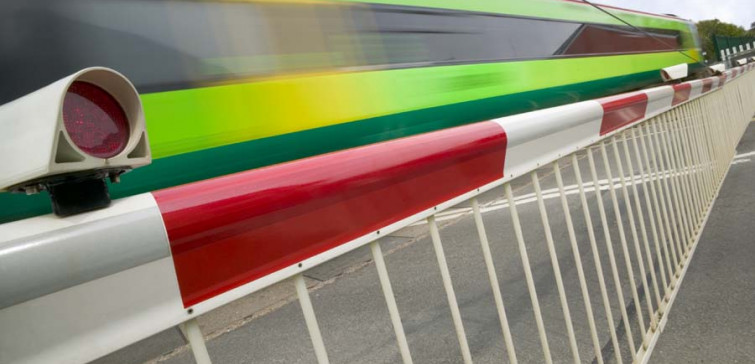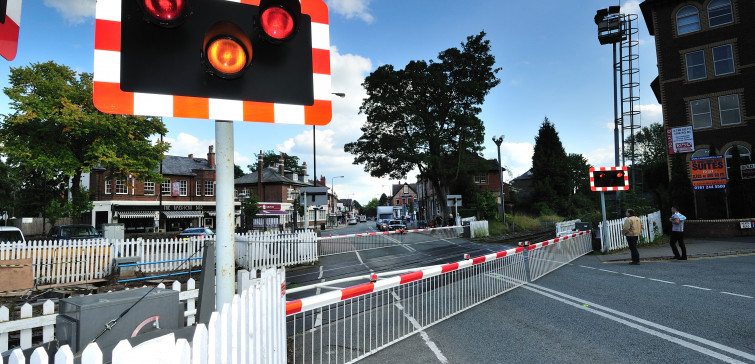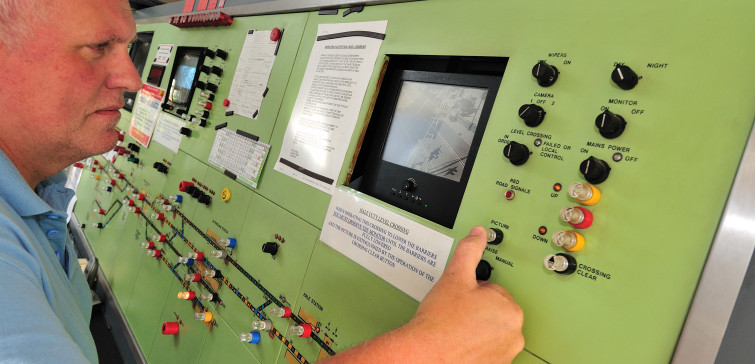Level crossing risk management
Level crossings provide a means for vehicles, pedestrians and animals to cross over railway lines. They exist in countries all over the world and in many different forms.There are around 7,000 level crossings in active use on Network Rail managed infrastructure; of these approximately 1,500 are on public vehicular roads and the remainder are where public footpaths, bridleways and private roads/tracks cross the railway.
The Road-Rail Interface Safety Group (R-RISG), which is facilitated by RSSB and chaired by Network Rail steers the work of the rail industry in increasing awareness of the hazards and risk at level crossings, bridge strikes and other incursions by motor vehicles onto the railway. It also examines public policy and makes recommendations to simplify and consolidate regulatory matters covering safety at level crossings, including road traffic and highway matters, planning guidelines for development and the effective prosecution of offenders in the interest of public safety.
Level crossing risk management
Over 90% of incidents in the previous five years on level crossings has been a result of user misuse in the form of error or abuse - the remainder being due to other causes such as equipment failure, reduced visibility or railway operator error.
Typical examples of user error include incorrect knowledge of operation, misjudging the time it takes the train to reach the crossing or making incorrect assumptions regarding who has priority of use, direction of travel or the presence of second train approaching usually from the opposite direction.
Typical examples of user abuse include users driving around half-barriers, users crossing when the crossing lights are red, users not requesting the signaller’s authority to cross (where required) and leaving gates open after use.
Level crossing risk management
RSSB in partnership with Network Rail have developed the All Level Crossing Risk Model (ALCRM), which is responsible for managing level crossings on UK rail infrastructure.
The ALCRM is a web-based risk tool used by Network Rail, to support it in managing the risk to crossing users, passengers and rail staff by assessing the risks at each crossing and targeting those crossings with the highest risk for remedial measures.


